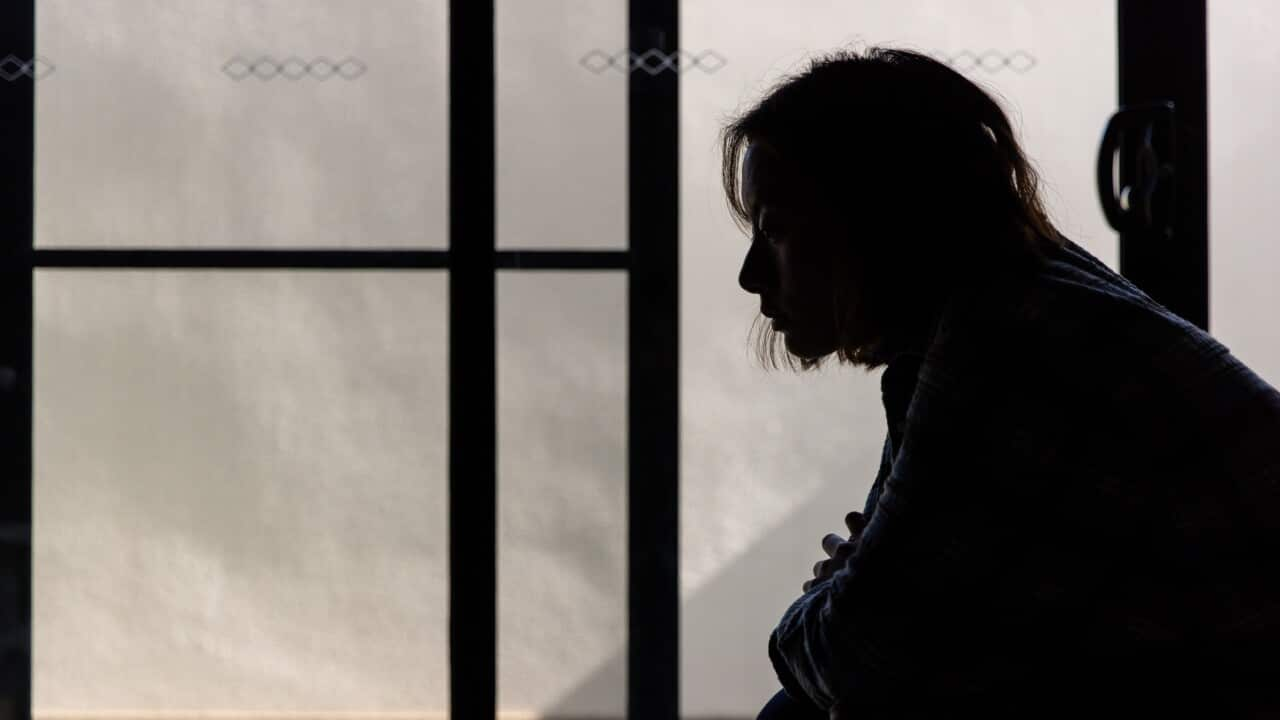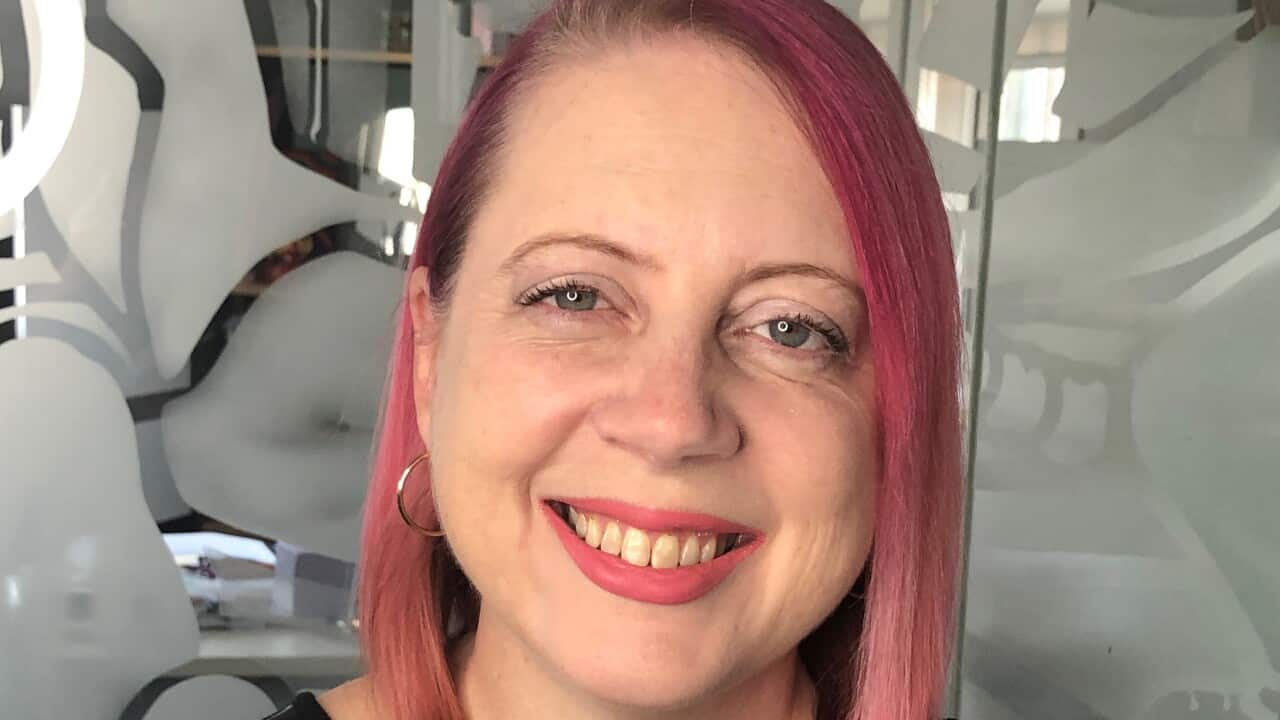Key Points
- New data released by the ABS found the number of sexual assaults reported to police has hit a 31-year high.
- According to the ABS, there were 36,318 victim-survivors of sexual assault recorded by police in 2023.
- Karen Bevan, CEO of Full Stop Australia, said the real number is likely higher as many incidents go unreported.
This article contains references to domestic violence and sexual assault.
The number of recorded by police rose 11 per cent in 2023, but advocates say the number of incidents is likely to be significantly higher.
According to new data released by the Australian Bureau of Statistics (ABS), there were 36,318 victim-survivors of in 2023, with increases across almost all states and territories.
"Accounting for population growth, the rate of recorded sexual assault victim-survivors has gone up from 126 per 100,000 people last year, to 136 victim-survivors per 100,000 people," said Samantha McNally, ABS head of crime and justice statistics.
"This is the highest rate of sexual assault victim-survivors recorded in our 31-year dataset."
The most common age group was 10 to 17 at the date of the incident, with 41 per cent of victim-survivors falling into this age group.
The majority of victim-survivors (84 per cent) were female, according to the ABS.
This is the highest rate of sexual assault victim-survivors recorded in our 31-year dataset.Samantha McNally, ABS head of crime and justice statistics
Karen Bevan, CEO of support organisation Full Stop Australia, said while the data was concerning, these numbers don't tell the full story.
She said while the number of assaults could be increasing, there could also be more victims coming forward.
"We don't know whether there is growth in incidents, or if it is more an increased awareness of what assault is and what you can report," she said.
"It's really complex to understand what is driving the increase in reporting and it needs more research, but we have to listen to this and what is clear is that rape and assault is a significant issue in our community."
Patty Kinnersley, CEO of violence prevention organisation Our Watch, said she believes this data is "just the tip of the iceberg", as many incidents go unreported.
"We know that women are reluctant to report incidents because of fear of not being believed or being blamed by friends, family or police, and being misidentified as the perpetrator," she said.
"As public and police attitudes change and systemic barriers are removed, we expect to see a continued growth in women reporting sexual and intimate partner violence to police, and seeking support from services".
Bevan said many victim-survivors are also deterred by the prospect of going through court and being cross-examined.
"(Victims) might feel like what happened to them wasn't really (sexual assault), or fear what might happen and whether anyone will believe them," she said.
"They might be deterred by seeing the court process and whether they will be subjected to invasive cross-examination ... people are deterred for so many reasons and there is such an under-resourcing of specialist responses."
'An invisible epidemic'
The data released by the ABS showed family and domestic violence-related sexual assaults made up 39 per cent of all sexual assaults.
Most sexual assaults did not involve the use of a weapon and took place in a residential location.
Bevan said the statistics illustrated the seriousness of Australia's
"What we are seeing here is opening up the fact that in Australia, we have had — and still have — an invisible epidemic of violence and assault that is really not getting the attention it needs," she said.
"This data is telling a concerning story ... but the deeper story is even more concerning, and it’s urgent that as a community we respond."
If you or someone you know is impacted by family and domestic violence or sexual assault, call 1800RESPECT on 1800 737 732, text 0458 737 732, or visit . In an emergency, call 000.
, operated by No to Violence, can be contacted on 1300 766 491.



